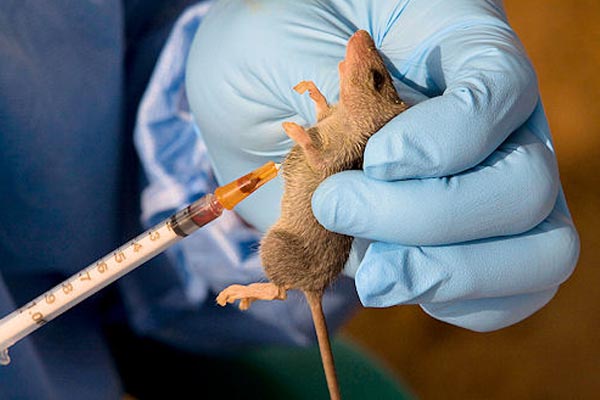
The Nigeria Centre for Disease Control and Prevention (NCDC) has linked the increasing death toll from Lassa fever to delays in seeking medical care by those infected with the virus.
In its latest report, the NCDC disclosed that the case fatality rate for Lassa fever in 2024 stands at 16.9 per cent, matching the figure recorded during the same period in 2023. The agency explained that the late presentation of cases significantly contributes to the surge in fatalities.
The report, released on Wednesday, pointed out that poor health-seeking behaviour, influenced by the high cost of treatment and clinical management, has worsened the situation. Additionally, it attributed the spread of the disease to poor environmental sanitation and a lack of awareness in high-burden communities.
“Lassa fever cases are often presented late, resulting in a higher case fatality rate. The high cost of treatment, coupled with poor health-seeking habits and unsanitary conditions in affected areas, continues to exacerbate the spread of the disease,” the report outlined.
Lassa fever, also known as Lassa hemorrhagic fever, is a viral illness caused by the Lassa virus, primarily spread through contact with food or household items contaminated by rodent urine or faeces. The virus is endemic in West Africa, including Nigeria, where the Mastomys rat—its natural carrier—is commonly found.
As of September 2024, Nigeria has reported 170 deaths related to Lassa fever. The NCDC reported a total of 1,005 confirmed cases and 8,251 suspected cases this year.
According to the report, 67 per cent of confirmed cases were recorded in Ondo, Edo, and Bauchi states, with the remaining 33 per cent spread across 25 other states. The most affected age group falls between 31 and 40 years. The number of suspected cases has also risen compared to the same period in 2023.
The World Health Organisation (WHO) maintains that, although Lassa fever is endemic in West Africa, the global risk of an outbreak remains low due to its primary zoonotic transmission. Human-to-human transmission is relatively rare.
To reduce the spread of Lassa fever, WHO advises communities to adopt stronger hygiene practices that keep rodents out of homes. Preventive measures include storing food in rodent-proof containers, properly disposing of waste, and ensuring living spaces are kept clean.
WHO also recommended the use of cats to help control rodent populations and emphasised that healthcare workers should consistently follow infection prevention protocols. These include proper hand and respiratory hygiene, using personal protective equipment, and ensuring safe handling of contaminated materials and deceased patients.










